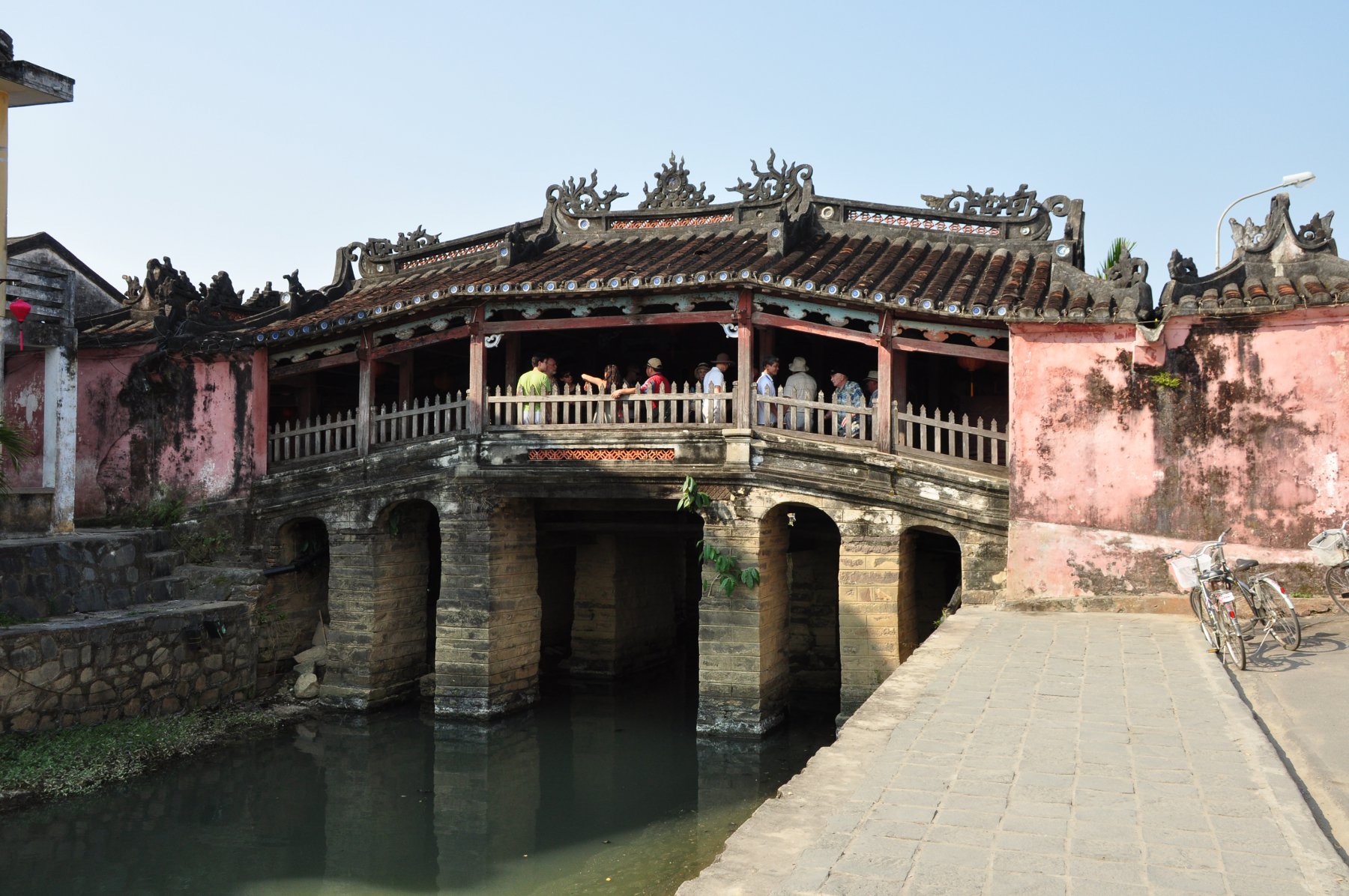Wednesday, 13 April 2016
Hoi An travel
Hội An, also Fai-Fo or Faifoo, is a city in Vietnam, located on the coast of the South China Sea in the South Central Coast region, in the Quảng Nam Province.
Ancient and peaceful, Hoi An is one of the most popular destinations in Vietnam that caters to travellers of all tastes and across the continents. The little town is just the perfect candidate of what Vietnam tourism ministry is aiming to show to the world.
A slow stroll through town reveals its gems. Hoi An has to this days well preserved its most sacred treasure, the centuries-old architecture. The town used to harbor foreign traders back in the 17-18th, and once is an important heavily-frequented trading port in Southeast Asia. The foreigners come from all corners of the world, but mostly are Chinese and Japanese nationalities. Some come and go, but many settle in permanently and etch their marks into the history of Hoi An.
Mixing together with Vietnamese design, Chinese and Japanese accents melt and create a picture-perfect Hoi An of the late 19th century, which it has somehow remained mostly intact since. The end product is an oddly strange-yet-familiar sight that exists nowhere else in the world. To this day, few descendants of the foreign traders remain but the architectural setting manages to survive the damage of time.
In 1999, UNESCO formally recognizes Hoi An as a World Heritage Site. There are the things that make up the reputation. Hoi An is home to many temples, pagodas and the ancient homes that bear its very unique mark. The density of such sites is unlike any other in Vietnam. These places carry with them the history of Hoi An itself. The depiction of its formation, its once-prosperous merchant past, its progress and how it manages to become one of today are all well documented, in words and in priceless relics.
The town is not just reminiscent of the past, it truly takes one for a slow enlightening journey to the past. Such journey is simply unthinkable most elsewhere in Vietnam. It is only possible because of the careful and dedicated works that have gone into preserving and presenting its way - efforts that have come as the result of the UNESCO recognition. Enjoying the spotlight and catering to the increasing number of tourists flooding its narrow streets hoping to catch a glimpse of the past, hotels and resorts are now sprouting up all over town.
One shall find his accommodation options ranging from lowly affordable motel rooms as low as $8 per day to the world-class 6-star top-of-the-line allegedly-best-in Southeast-Asia Nam Hai resort nearby, which starts at a whooping $600. Vietnam may be small, but there will always be an extra bedroom for the staying- over guest. These days, the guests may well outnumber the homeowners however. True to its origin, Hoi An today still boasts a booming trade.
Of the things sold in town, there are only 3 different categories. First is souvenir, the second being clothing and the last is food, both western and Vietnamese. The souvenir is not something to write home about, since offerings are limited in diversity throughout the country. Hoi An is better known for its tailor shops, which mostly service personal bespoke orders. Tourists circulate rumor that people stay in this little sleepy town for entire weeks doing nothing, waiting just to have their shirts made to the perfect fit. Most designs are traditional Vietnamese in nature, with some offer contemporary twists and touches of foreign taste as well.
Coupled with the right prices, Hoi An is truly a shoppers’ paradise, one that dictates its western customers on a unique oriental sense of style. Paradox does not end. One imagines never being able to find western food in such a hardcore Vietnamese setting. That turns out not the case. Hoi An is home to multiple restaurants that serve big hearty American meals with only a small portion of the menu dedicated to local food. The locals prefer their sidewalk vendors to the many re-innovated house-turned-restaurants out there.
There is no shortage of bacon in town, but cao lầu is the dish that one simply can not miss. Prices and service are rightfully on par with the latest venues in major cities like Hanoi and Ho Chi Minh.
Hoi An you can come in many different media, high-quality passenger cars, trains, planes (stops at Da Nang), taxi, ....
Vietnam visa fee
Subscribe to:
Post Comments (Atom)



No comments:
Post a Comment